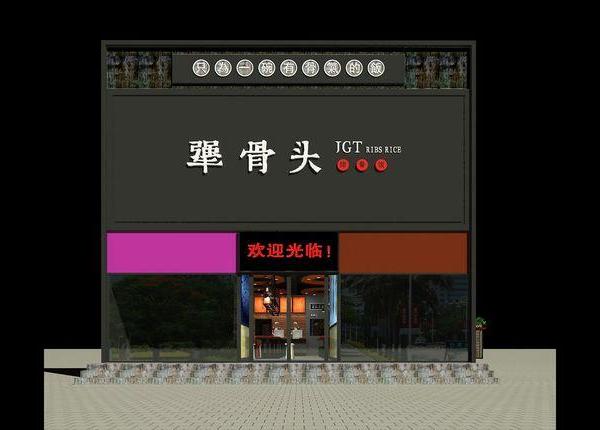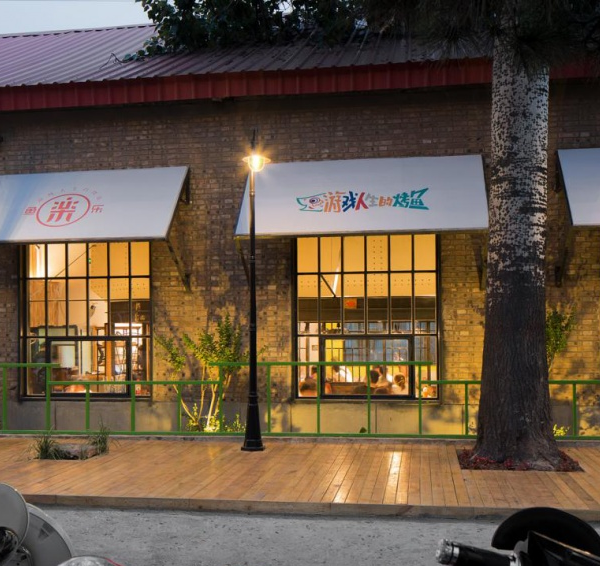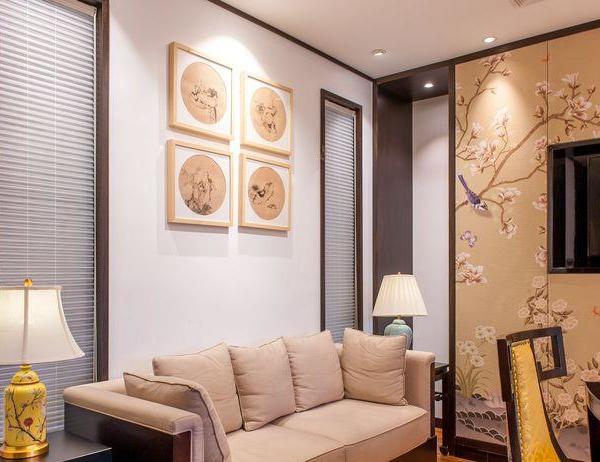photography by © Nico Saieh
The reversal of the typical office space floor plan (replacing the opaque core with transparent curtain wall glass perimeter by an open core with the mass strategically opened in the perimeter) responded not only to functional reasons but to the environmental performance and character of the building as well. This building had to respond to the client’s expectation of having an innovation center with a “contemporary look”, but the uncritical search for contemporariness has populated Santiago with glass towers that due to the desert climatic local condition have serious greenhouse effect in interiors. Such towers spend a huge amount of energy on air conditioning. The way to avoid undesired heat gains is not rocket science; it is enough to place the mass of the building on the perimeter, have recessed glasses to prevent direct sun radiation and allow for cross ventilation. By doing so we went from 120 kW/m2/year (the consumption of a typical glass tower in Santiago) to 45kW/m2/year. Such an opaque facade was not only energetically efficient but also helped to dim the extremely strong light that normally forces to protect interior working spaces with curtains and blinds transforming in fact, the theoretical initial transparency into mere rhetoric. In that sense, the response to the context was nothing but the rigorous use of common sense.
photography by © Nico Saieh
On the other hand, we thought that the biggest threat to an innovation center is obsolescence; functional and stylistic obsolescence. So the rejection of the glass facade was not only due to the professional responsibility of avoiding an extremely poor environmental performance, but also a search for a design that could stand the test of time. From a functional point of view, we thought the best way to fight obsolescence was to design the building as if it was an infrastructure more than architecture. A clear, direct and even tough form is, in the end, the most flexible way to allow for continuous change and renewal. From a stylistic point of view, we thought of using a rather strict geometry and strong monolithic materiality as a way to replace trendiness by timelessness.
photography by © Nico Saieh
Project Info: Architects: Alejandro Aravena | ELEMENTAL Location: Vicuña Mackenna 4860, Macul, Santiago Metropolitan Region, Chile Project Team: Alejandro Aravena, Juan Cerda Collaborators: Samuel Gonçalves, Cristián Irarrázaval, Álvaro Ascoz, Natalie Ramirez, Christian Lavista, Suyin Chia, Pedro Hoffmann Area: 8176.0 m2 Project Year: 2014 Photographs: ELEMENTAL | Nina Vidic, Nico Saieh Manufacturers: Hunter Douglas Architectural, Nuprotec, Dermetall Project Name: Innovation Center UC – Anacleto Angelini
photography by © Nico Saieh
photography by © Nico Saieh
photography by © Nico Saieh
photography by © Nico Saieh
photography by © Nico Saieh
photography by © Nico Saieh
photography by © Nico Saieh
photography by © Nico Saieh
photography by © Nico Saieh
photography by © Nico Saieh
photography by © Nico Saieh
photography by © Nico Saieh
photography by © Nico Saieh
photography by © Nico Saieh
Ground Floor Plan
7th Floor Plan
Section
Section
South Elevation
East Elevation
Situation Plan
{{item.text_origin}}












